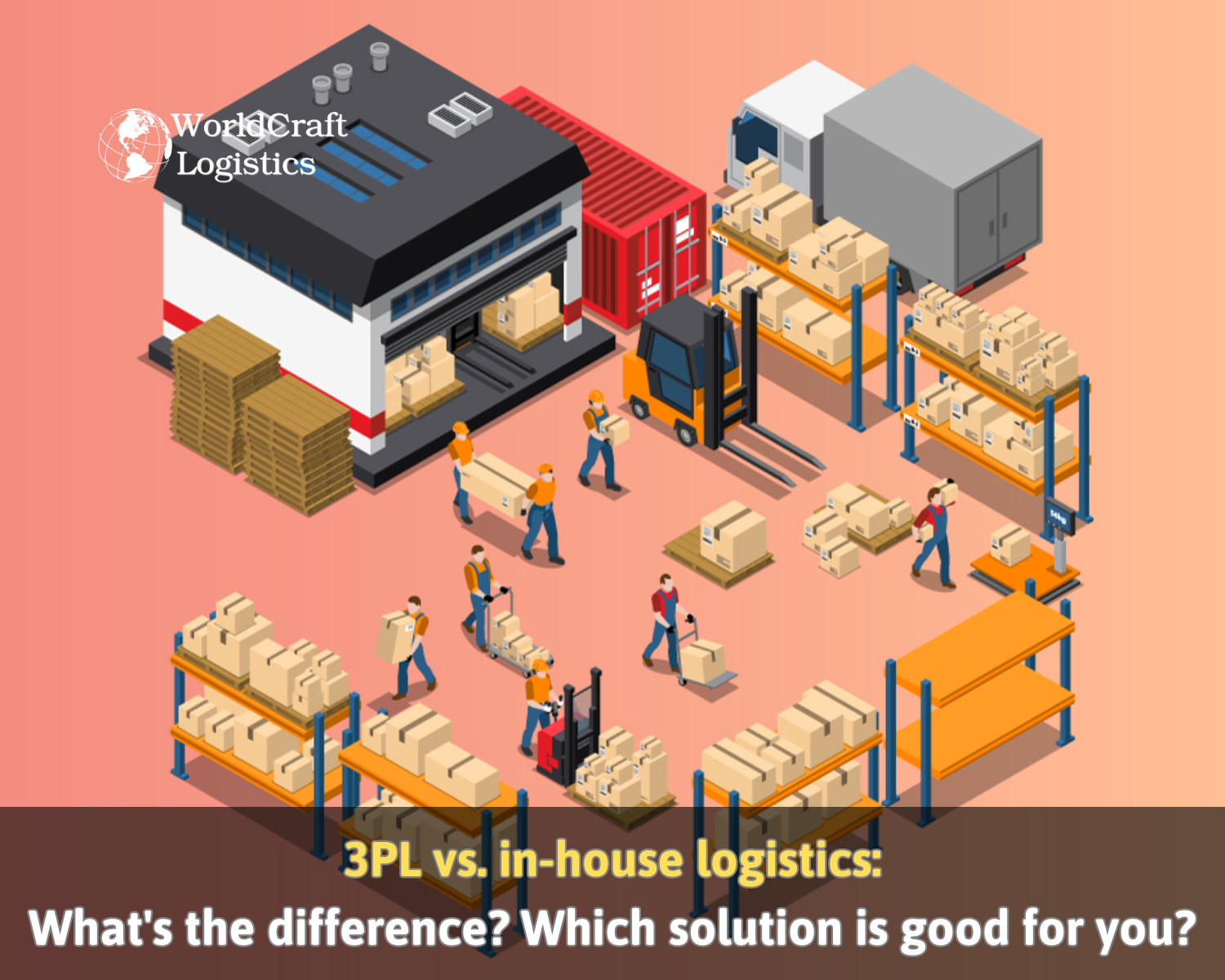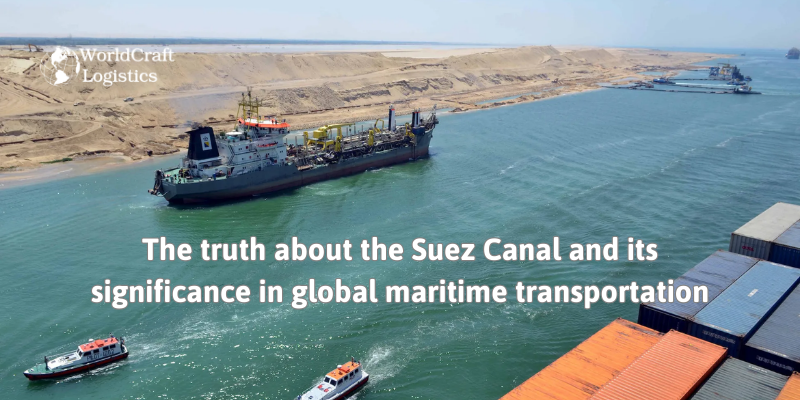Throughout the history of global trade, the idea of hub ports has been essential to enabling the efficient movement of products and tying economies together. By serving as focal locations for tracking, distribution, and aggregation of shipments, these tactical maritime hubs facilitate the effective movement of goods across different areas. We will go over the definition, uses, and importance of hub ports in the modern marine sector and world trade region in this blog post.

What is Hub Port?
A hub port is a large seaport that connects various shipping routes and facilitates the transfer of goods between multiple origins and destinations. These ports are known for their extensive infrastructure, state-of-the-art facilities, and advanced logistics capabilities, which enable them to efficiently handle large volumes of shipments and accommodate a variety of vessels, including bulk carriers, oil tankers, and containerships. Hub ports serve a few purposes for your company and shipping procedures. We enumerated these essential roles along with their importance.
Principal Uses for Hub Ports:
- Transfer of goods
- Centers of Distribution
- Networking and Multi-Modal Transportation
- Financial Progress
- The importance of Hub Ports:
- International Trade Enablement
- Supply Chain Hardiness
- New Ideas and Technological Developments
👉 See more related articles: Top 10 largest ports in the US
Where the hub ports are located?

The ideal site for hub ports is close to the closest ports, motorways, airports, and industrial zones if the goal is to maximize cargo mobility. Hub ports are situated where trade routes converge on major shipping lanes. Hub ports can accept and serve large ocean-going mother vessels up to 100,000 DWT because they are situated in areas with water depths more than 14 meters.
Infrastructure for logistical services has been developed
The hub port is the most practical location for logistics management, cargo distribution, consolidation, and storage since it has an adequate number of containers, terminals, warehouses, and modern equipment.
Hub port fees

As you get ready to ship, you figure out how much freight would work best for your route and make a budget that accounts for unforeseen expenses. Hub ports charge for cargo handling services as well, therefore it's critical that the pricing structure is clear. Our support staff will address any queries you may have on figuring out and organizing your cargo budget at this point. After making a reservation with service management unit, you can ask questions about costs and other matters and instantly receive a full-time personal logistical assistant.
Advantages of Hub Port

The following particular advantages will result from the development and utilization of Hub Port:
1. Establish the capacity to benefit from scale
The benefits of utilizing a hub the capacity to benefit from scale can be created by port. This is due to the fact that there are times when it is feasible to maximize ship size between the two hubs. Since a feeder has taken its place, there is no longer any need to waste ship space when delivering cargo to the nearby local ports.
2. Reduce the degree of intricacy

Feeder ports on different continents must communicate directly with one another in the absence of a hub port. Each feeder is solely used for transactions now that there is a hub port, with a small number of entrepot ports grouped in each region.
3. Reduce the amount of time that items rotate and are stored
In actuality, freight is transported straight to the destination port in the absence of the hub port. Until the products on the transport route reach a certain number, the commodities must stay on the beach at this point. Hub Port, on the other hand, handles bulk and bulk cargo from hundreds of local feeder ports. That will allow the freight corridor to fill up quickly. reduces the time and expense of storing items. The following nations currently house the majority of the world's hub ports: Singapore, Hong Kong, Shanghai, Long Beach, Rotterdam,...
The Greatest Shipping Hubs in the World
 .
.
The operation of ports is essential in a world where international trade has grown to be a vital factor in economic growth and development. Serving as the hubs of global trade, these ports effectively manage heavy loads, facilitate transshipment, enhance connectivity, and foster economic growth. As a result, major ports will remain vital to the flow of goods and the ongoing conduct of business dealings as the world's trade landscape changes.
Which global hub ports are the largest?
✈ China's Port of Shanghai
✈ Singapore's Port of Singapore
✈ China's Port of Ningbo-Zhoushan
✈ China's Port of Shenzhen
✈ China's Port of Guangzhou
✈ China's Port of Qingdao
✈ South Korea's Port of Busan
✈ China's Port of Tianjin
✈ Hong Kong Port
✈ Rotterdam Port in the Netherlands
Control expenses and streamline processes

Why would carriers, freight forwarders, and other parties wish to use hub port services?
In addition to preventing extra costs and limiting delays, well-developed infrastructure and the availability of multiple transportation options facilitate travel. This is also beneficial for transit, as you require a "transshipment point" in order to switch between modes of transportation.
The distinction between feeder vessels and feeder ports
Feeder ports, which are little ports that accept ships locally and handle the freight of a particular territory or region, can be found close to industrial districts. An essential component of connectivity between hub ports and destination ports is feeder ports.
A hub port in one area manages ships and receives bulk and liquid cargo from numerous feeder ports. Because feeder vessels may carry less cargo than larger ones, they are also utilized in a specific region to link and move containers between hub ports and destination ports.
Hub ports are locations where containers are moved from big ocean-going mother ships to smaller feeder ships that won't be kept in storage for an extended period of time. This kind of transshipment facilitates transit between nearby locations, which expedites the delivery of containers.
Hub Port FAQs
What distinguishes a hub port from a warehouse?
A greater variety of services are offered by the hub port. You can pick, consolidate items, load and unload containers, and do a lot more tasks in a warehouse. You can also apply for repairs, customs, and other services you need at the hub port. A hub port differs from a warehouse in addition to having greater capacity, more sophisticated infrastructure, and the benefit of being close to major seaports and airports.
How can I locate hub ports globally?

Hub ports for your exports can be found in a number of nations, including Europe, the United States, China, Japan, Singapore, and the Netherlands. Using the search engine, locate a hub port in Rotterdam, Dubai, or another location to quickly reserve the most favorable freight rate for your journey.
How can my route incorporate a hub port?
You can choose your optimal route by choosing a central gate. You can create custom routes using applications such as: Route4Me, Badger Maps, OptimoRoute, MyRouteOnline,...taking into account central gateways, required events, etc. To learn more about using the tool and how it can help your business.
In summary
Hub ports are important drivers of regional economic and logistical development. You may quickly plan your future shipments and use a wide range of services with a sophisticated infrastructure. Many issues are resolved by the growing number of hub ports worldwide, from preventing delays and demurrage to promoting open logistics processes. Hub ports are a practical way to deliver cargo for linehaul, transit, and other purposes. You can get help with any shipping needs by contacting Worldcraft Logistics consultants and asking for a personalized freight quote.





